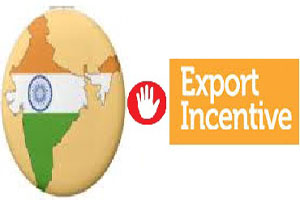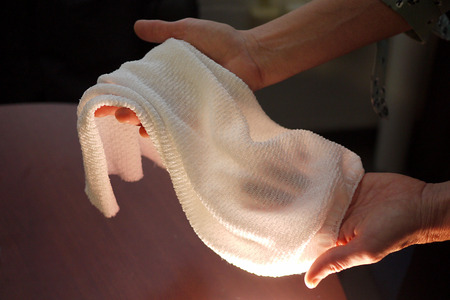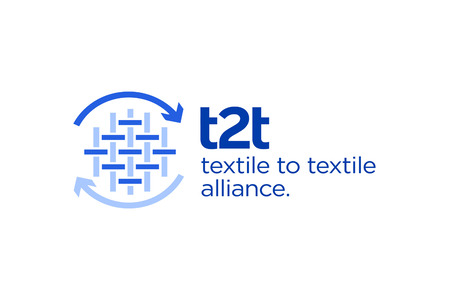
India may face challenge of phasing out export subsidies soon
YarnsandFibers News Bureau 2017-04-29 10:00:00 – New DelhiIndia may face the larger challenge of completely phasing out all export incentives with its per capita gross national income (GNI) set to cross $1,000 for three consecutive years, after which India may soon have to phase out its export subsidy regime in the current form as World Trade Organization (WTO) rules bar it from offering export incentives to any sector, including textiles, when it reaches certain thresholds that it is nearing. The deadline for ending direct subsidies to textile companies is December 2018.
Under the special and differential provisions in the WTO’s Agreement on Subsidies and Countervailing Measures, least developed countries and developing countries whose gross national income (GNI) per capita is below $1,000 per annum at the 1990 exchange rate, are allowed to provide export incentives to any sector that has a share of below 3.25% in global exports.
In case a sector in such a country crosses the 3.25% threshold for two consecutive years, it has to phase out export subsidies for that sector within eight years. India’s textile exports crossed the 3.25% mark in 2010, requiring it to end its export incentives to the sector by December 2018.
Schemes such as the Merchandise Exports from India Scheme, Export Promotion Capital Goods scheme and interest equalization scheme for the textiles sector under the Foreign Trade Policy (FTP) 2015-20 are likely to get impacted.
An official at the Directorate General of Foreign Trade, which is now in the process of conducting a mid-term review of the FTP, said that it is not looking at reviewing such export subsidies. They are not concerned about it right now. They will look at it when it happens.
Under the mid-term review of FTP, they are mostly looking at compliance of such incentives under the goods and services tax (GST) and other such issues.
According to a notification by the Committee on Subsidies and Countervailing Measures last year, India’s GNI crossed the $1,000 mark for 2013 and 2014. The GNI notification for the year 2015 is set to be released as early as May or June.
India is likely to seek two to four years’ extension to comply with the norm for the textile sector and maintained there is no clarity yet on what happens once India crosses the $1,000 GNI per capita mark for three consecutive years.
When the issue comes up next year, they will definitely request for more time, till 2020 or 2022, to phase out export subsidies for the textiles sector. Their industry is certainly not ready as it is already operating on very thin margins. They will also highlight the regional disparity within the country even though the country as a whole may have a higher share in global market and may need more time to trade up.
According to Ajay Sahai, director general of the Federation of Indian Export Organisations, industry needs to be made aware that existing export subsidies will have to be phased out. They should move to a permissible subsidy regime under WTO rules.
However, India needs to provide support for technology upgradation, capacity building and resolve infrastructure bottlenecks and move away from direct incentives to exporters.
Market Intelligence
Ask for free sample Report

experience
Customer Base
dedicated team
Countries Served Worldwide









